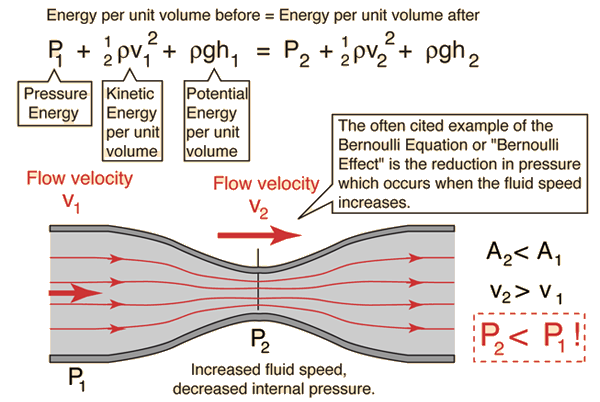Thanks for the vid it was pretty good.I think you confuse the terminology of static pressure and I do to. The static pressure above the submarine should be called potential energy
It is eliminated since at T1, T2 it is at the same height. So the height of the column doesn't come into picture here. I use Bernouli to simplify the argument I am aware actually the blade is more like Aerofoil but it is the same process
What they meant here is the static pressure at point of contact inside the control volume. Assuming you can shrink yourself small enough and can be inside the control volume. That is the pressure that you see or feel if the propeller is accelerated
P1-P2 is the unknown variable here and.the speed is the known variable Just to show that rotaion create vacuum therefore it function as vacuum pump!
It is terminology because the -1/2 RhoV2 is called velocity pressure and it is negative
As to Tom Clancy thing if that is the case why nation spend billion in research and make all effort to hide the propeller and instituted Cocom to prevent sale of CNC. Russia use the skull drudgery to get the CNC machine? When to avoid cavitation all you have to do is dive deeper
In my example I discarded the potential energy part, because I assumed the water entering the propeller and at the propeller is at roughly the same depth. I'm not sure what the potential part (rhogh) is called, but it is not the static pressure. In the equation you gave in the picture, and which I used in my example, P1 and P2 are the so called static pressures. And 0.5rhoVsq is dynamic, or velocity, pressure like you said.
If you are still unconvinced, read where you will see it is indeed P which is the static pressure. Or pick up a physics textbook.
And if you don't understand why static pressure grows with depth see especially the equation p-p0=rho*g*h.
And I agree with you that propeller/pumpjet design is very important and it allows you to go faster without increasing depth, and fast submarines would likely still be limited by their cavitation speed even at their max operational depth if it weren't for carefully designed and very expensive propellers or pumpjets.

